Related Research Articles

Thomas Aloyisus Kennedy was an American actor known for his roles in Hollywood comedies from the silent days, with such producers as Mack Sennett and Hal Roach, mainly supporting lead comedians such as the Marx Brothers, W. C. Fields, Mabel Normand, Shemp Howard, El Brendel, Laurel and Hardy, and the Three Stooges. Kennedy also played dramatic roles as a supporting actor.

Alfred Morton Bridge was an American character actor who played mostly small roles in over 270 films between 1931 and 1954. Bridge's persona was an unpleasant, gravel-voiced man with an untidy moustache. Sometimes credited as Alan Bridge, and frequently not credited onscreen at all, he appeared in many westerns, especially in the Hopalong Cassidy series, where he played crooked sheriffs and henchmen.
William J. Caunitz (1933–1996) was a New York City Police Department officer who used his own experiences to write best-selling thrillers.
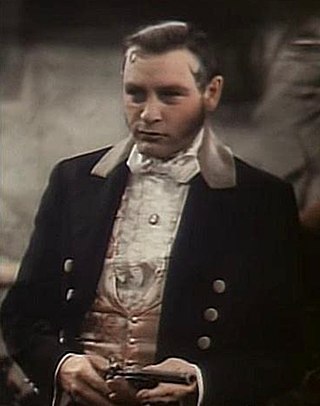
Eddy Chandler was an American actor who appeared, mostly uncredited, in more than 350 films. Three of these films won the Academy Award for Best Picture: It Happened One Night (1934), You Can't Take It with You (1938), and Gone with the Wind (1939). Chandler was born in the small Iowa city of Wilton Junction and died in Los Angeles. He served in World War I.
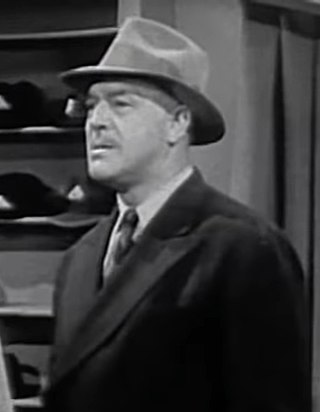
William Stanley Blystone was an American film actor who made more than 500 films appearances from 1924 to 1956. He was sometimes billed as William Blystone or William Stanley.
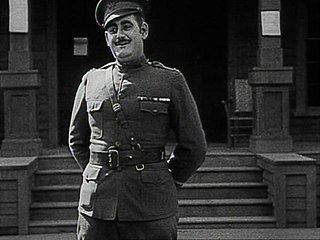
Eddie Baker was an American film actor. He supported Laurel and Hardy in several of their films, but is best remembered for his (uncredited) role as a boxing referee in Charlie Chaplin's City Lights (1931).

The Dillinger Gang was a group of American Depression-era bank robbers led by John Dillinger. The gang gained notoriety for a successful string of bank robberies, using modern tools and tactics, in the Midwestern United States from September 1933 to July 1934. During this crime spree, the gang killed 10 and wounded 7. They managed to pull off three jail breaks which wounded two guards and killed a sheriff.
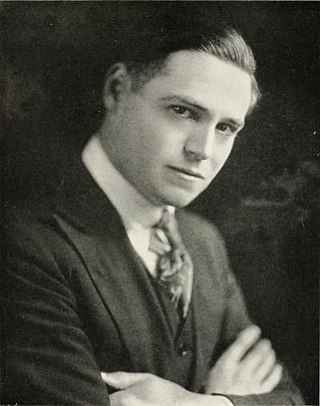
Guy Edward Hearn was an American actor who, in a forty-year film career, starting in 1915, played hundreds of roles, starting with juvenile leads, then, briefly, as leading man, all during the silent era.

Fred "Killer" Burke was an American armed robber and contract killer responsible for many crimes during the Prohibition era. He was considered a prime suspect in the Saint Valentine's Day Massacre of 1929.
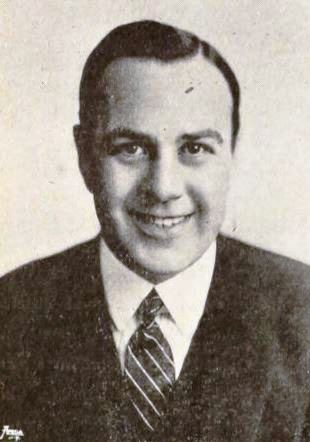
Ben Taggart was an American actor.

Robert O'Connor, also known professionally as Robert Emmett O'Connor and Robert E. O'Connor was an Irish-American actor. He had a lengthy career as a stage actor on Broadway and in vaudeville from 1905-1931; using the stage name Robert O'Connor in both musicals and plays. After transitioning to film, he also used the names Robert Emmett O'Connor or Robert E. O'Connor for his screen credits. He appeared in more than 200 films between 1919 and 1950; specializing in portraying policemen. He is probably best remembered as the warmhearted bootlegger Paddy Ryan in The Public Enemy (1931) and as Detective Sergeant Henderson pursuing the Marx Brothers in A Night at the Opera (1935). He also appeared as Jonesy in Billy Wilder's 1950 film Sunset Boulevard. He also made an appearance at the very beginning and very end of the Metro-Goldwyn-Mayer cartoon short Who Killed Who? (1943).

Edward Gargan was an American film and television actor.

James Michael Burke was an Irish-American film and television character actor born in New York City.
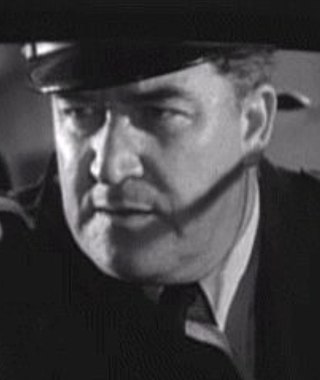
Ralph Dunn was an American film, television, and stage actor.

Frank Moss was an American lawyer, reformer and author. He was involved in many of the reform movements in New York City shortly before the start of the 20th century up until his death. As a longtime assistant to District Attorney Charles S. Whitman, he was involved in several high-profile criminal cases such as the Rosenthal murder trial in which police detective Charles Becker was found guilty of murder and executed.
The Bottoms Gang was an American street gang in St. Louis, Missouri during the early 20th century. Their main criminal activities included voter intimidation, armed robbery, assault, illegal lottery, and murder. The gang's members were primarily Irish-American, with a handful of German and Missouri Creole members. The Bottoms Gang had a meteoric rise and fall in St. Louis's underworld. They feuded with the larger Egan's Rats gang and became notorious for going out of their way to attack members of the St. Louis Police Department. They made up for their lack of numbers with extreme violence. Crippled by arrests and murders, the Bottoms Gang had ceased to exist by the time America entered World War I.

Barnett "Barney" P. Ruditsky was a British-born American police officer and private detective.
Randy Jurgensen is a former American NYPD detective, best known as the lead investigator into the murder of patrolman Phil Cardillo as well as his contribution as a consultant on various film and TV projects.

Johnny Broderick was a New York City Police Department detective who became known in the 1920s and 1930s as one of the city's toughest officers, patrolling the Broadway Theater District and policing strikes as head of the NYPD's Industrial Squad, sometimes personally beating gangsters and suspects.

RichardRobert Elliott was an American character actor who appeared in 102 Hollywood films and television shows from 1916 to 1951.
References
- ↑ Willemse, Cornelius, Behind the Green Lights, (Garden City Publishing Co., 1931)
- ↑ Behind the Green Lights and Willemse, Cornelius, A Cop Remembers (E.P. Dutton: 1933)
- ↑ Internet Movie Database Entry on Behind the Green Lights